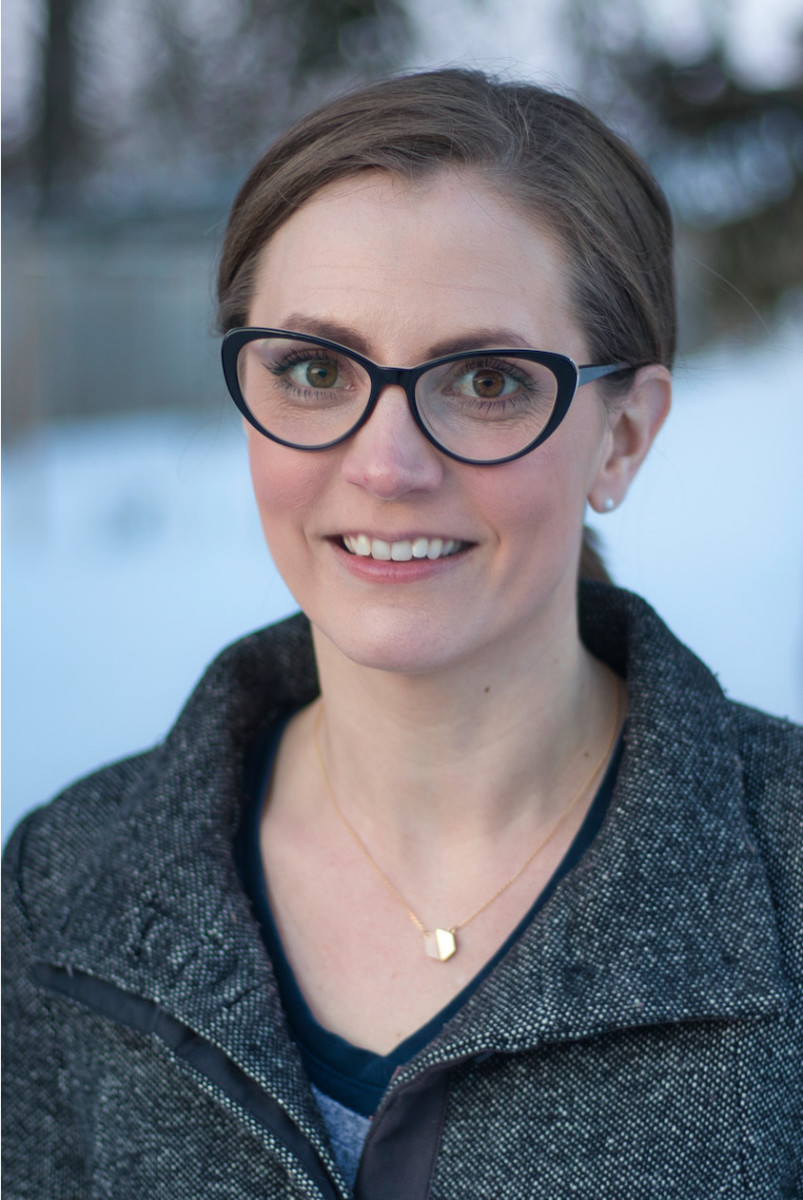Last Sunday I wrote about how God is calling me to pay attention to my embodied experience in an in-between (liminal) time. My family is still adjusting to life in a new place. My mind may be a jumbled mess, but God is graciously present in more concrete ways during this time.
Most days I am preoccupied with crossing things off my to-do lists. I suppose the lie I tell myself is that when the lists are complete then I will feel at home, settled, at peace.
My husband, Daniel, and I have made good progress on the to-do lists but there are a couple of items on those lists that just will not go away: get our cars registered, find a family doctor, and plant the gardens.
Two of those items are just a slog with half a dozen sub-tasks. But planting the gardens feels out of place on this list that will not go away. Normally this is something I jump on. I’m not a great gardener by any stretch of imagination, but I do enjoy it and now is the right time of year to get stuff in the ground.
Before we moved into the parsonage here there were members of our congregation who put a lot of work into weeding, planting some perennials and vegetables, laying mulch and stone. They left a few garden beds empty so that we could make them our own. It was a really thoughtful gesture, and just one of many ways they have shown us generous hospitality.
So why am I so hesitant to put anything in those garden beds? Gardening here is unfamiliar. The plants that survive in this region are not what I’m used to. And I want to do it right. I want to figure out what plants are native, what plants tolerate the alkaline soil and freezing winters and high winds and desert air. Nothing that will demand too much water. I want to plant something that will be beneficial for the pollinators. I also need something low maintenance…because that’s what kind of gardener I am (let’s just say, the vegetables that were planted before our arrival didn’t make it).
After talking with knowledgeable and experienced gardeners in the area I settled on native wildflowers. I bought the seed mixture over a month ago, and even though the time to plant them is here the seeds are still sitting on my counter rather than in our gardens.
Why is it hard to plant seeds in new places? For me, it’s the unfamiliarity and uncertainty of it. Will it grow here? I want to make sure I’m doing it all right, which so far has meant that I’m just not doing it. Here I should give a shoutout to my parents who very matter-of-factly helped me find and plant some Russian sage when they visited a few weeks ago – no hemming or hawing over it.
I am drawn to E.B. White’s description of his dying wife, Katherine, planting her gardens during her last October. He describes, “the small hunched-over figure, her studied absorption in the implausible notion that there would be yet another spring, oblivious to the ending of her own days, which she knew perfectly well was near at hand, sitting there with her detailed chart under those dark skies in the dying October, calmly plotting the resurrection.”*
I suspect this is what God calls us to in the in-between times when planting seeds is difficult. We do our research and trust those who are familiar with the terrain, and then in the dying days of October we hunch over the garden beds and calmly plot the resurrection. We trust that resurrection is finally something God does. It’s like the apostle Paul told the Corinthians: he planted the seeds, Apollos watered them, “but God has been making it grow” (1 Corinthians. 3:6).
To plant seeds in a new place may be difficult because it is finally an act of faith. It is to trust “the implausible notion that there would be yet another spring,” and to trust that when the time comes, God will grow good things.
*This description comes from E.B. White’s introduction to Katherine White’s book Onward and Upwards in the Garden, a collection of her gardening columns from the New Yorker.



